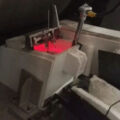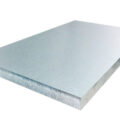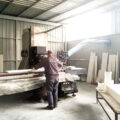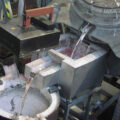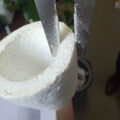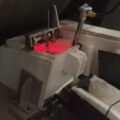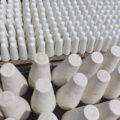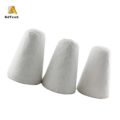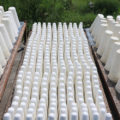Alu Tapout Cone is used in the casting furnace of aluminum processing foundries, making the casting process of aluminum and aluminum alloy more convenient, safe and reliable.
In recent years, aluminum factories have exploded.
The main reason is that aluminum leaked from the aluminum outlet, and it was not immediately blocked.
The furnace is full of liquid aluminum. If the aluminum leaks, the high-temperature molten aluminum will quickly leak, and the people on the scene will not be able to approach it anywhere.
In order to prevent aluminum leakage in aluminum plants and reduce risks, Alu Tapout Cone improves the level of automation and safety. The closed system has a simple and compact structure, stable operation, convenient maintenance, and strong practical value.
Many aluminum factories in China are equipped with automatic sealing devices with Tapout Cone to prevent aluminum leakage accidents that cannot be stopped manually and avoid major accidents.
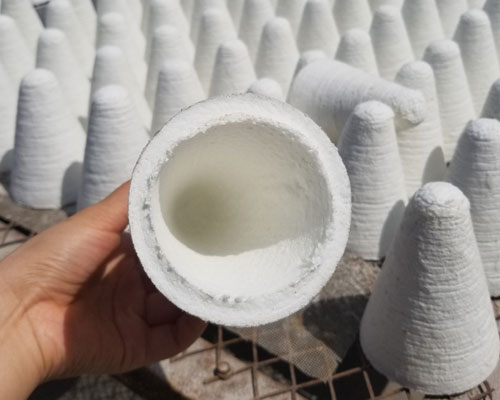
Aluminium Myanmar said that the continuous casting and rolling process equipment is relatively compact. It is a relatively compact production line to closely configure the hot continuous rolling mill after the continuous casting machine.
However, the continuous casting and rolling process can complete the continuous production process of metal liquid to plate and strip at one time.
Therefore, the continuous casting and rolling process is quite different from the continuous casting and rolling process: In the continuous casting and rolling process, the aluminum melt flows into the running double steel strip water-cooled mold cavity mainly through the casting front box and the casting nozzle.
The liquid height of the casting front box is mainly controlled by the feedback of the casting speed sensor.
And the casting nozzle is provided with small holes, which can pass low-pressure inert gas into the small holes to ensure that these inert gases can be evenly distributed between the steel strip and the molten aluminum, and ensure the heat transfer between the molten aluminum and the steel strip.
This promotes uniform solidification of the molten aluminum flowing into the steel strip opening, avoids thermal expansion and contraction between the steel strips, and ensures the flatness of the surface of the aluminum strip.
Therefore, the continuous casting and rolling process saves more production time, while also ensuring the quality of the produced slabs.


